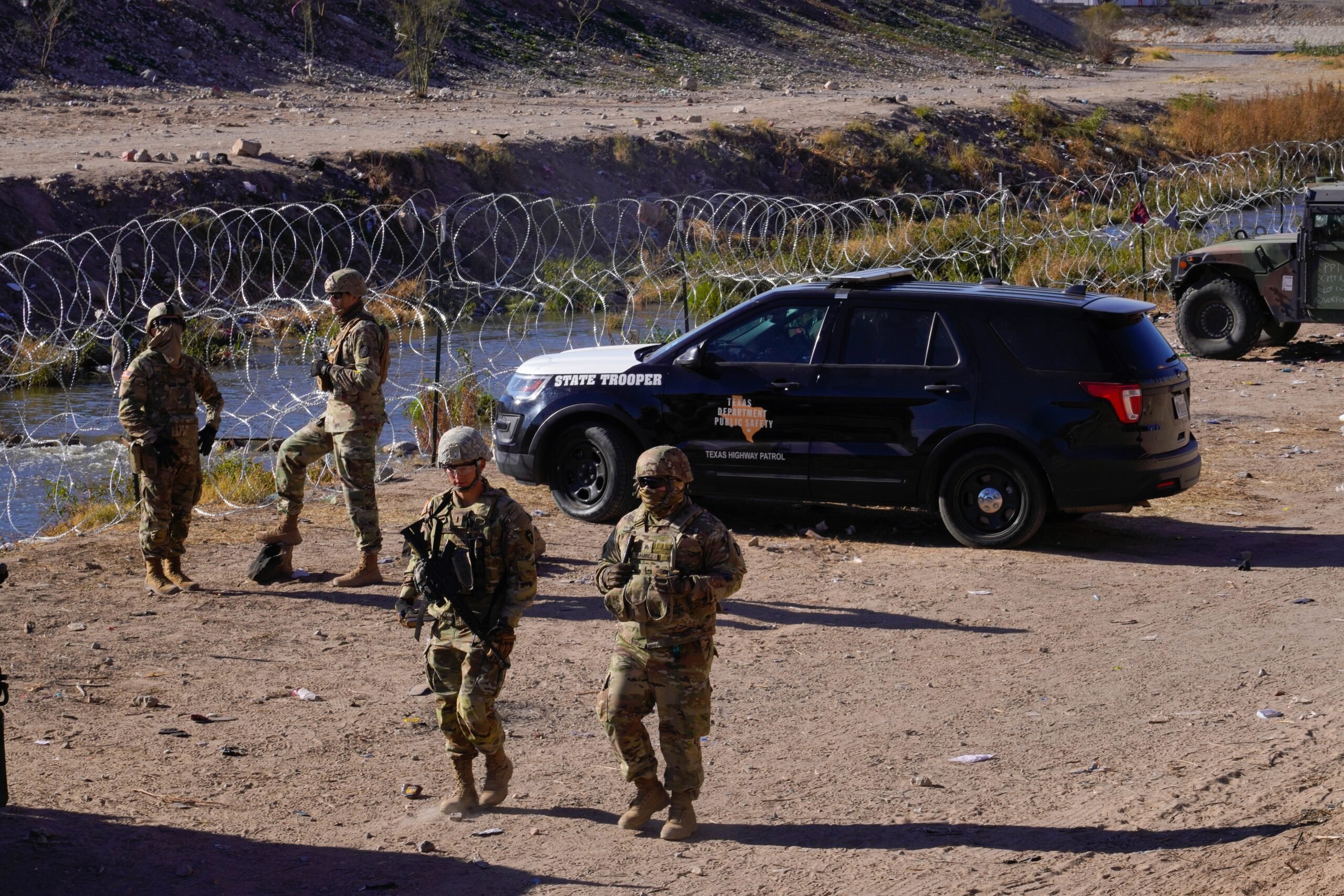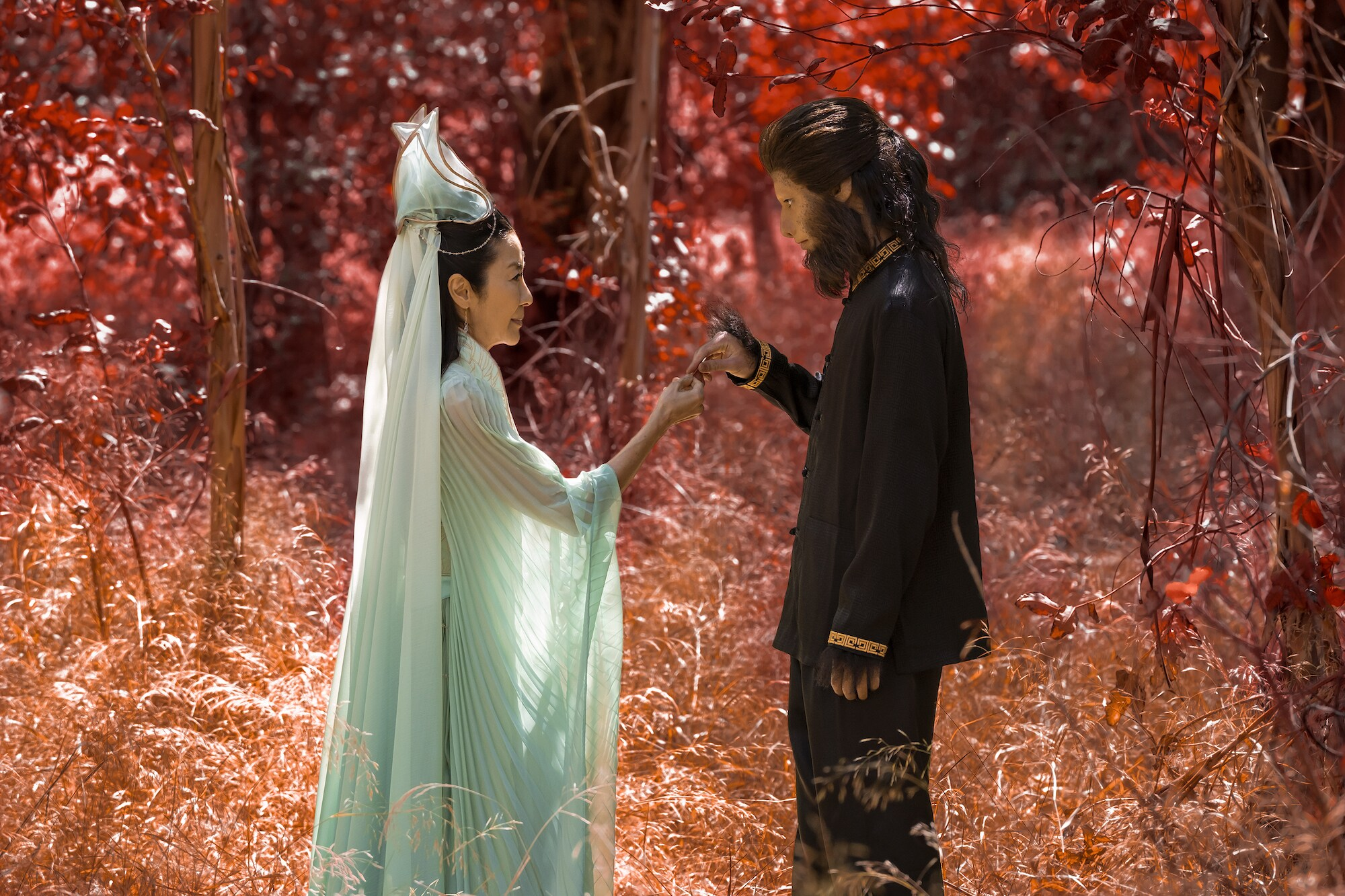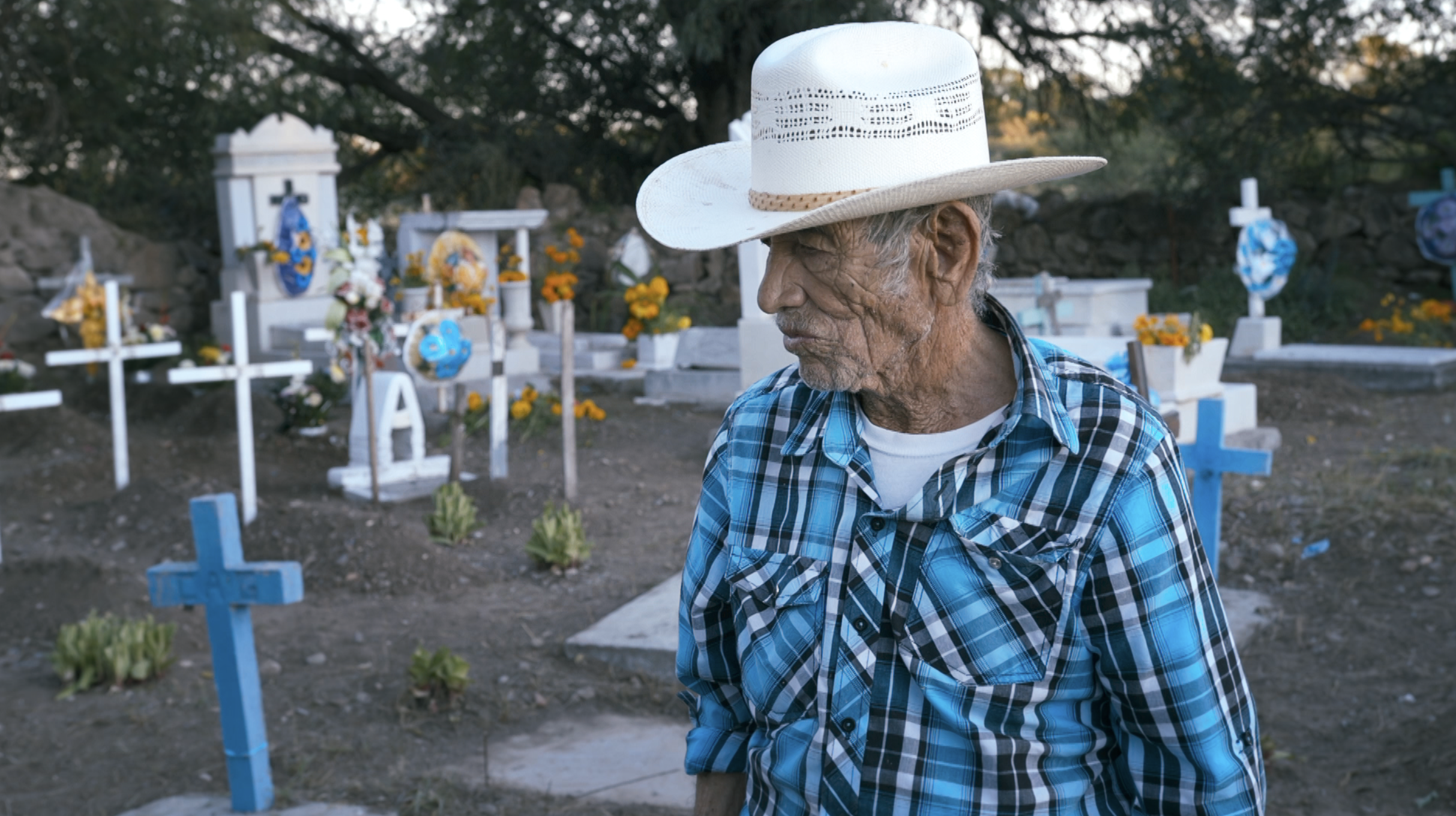
‘What We Leave Behind’ Is a Beautifully Understated Migration Story
And an exciting feature debut for Texan director Iliana Sosa.

What We Leave Behind, a documentary feature that premiered last week at South by Southwest, is arresting from the start. Julián Moreno, 89, reclines languidly on a living room couch, chewing something, his thin face riven with the thick lines left behind by time and labor. He’s come to see family in El Paso, but he’s eager to get home. His granddaughter, the filmmaker, asks him why. “Here, I plunk down on the couch and watch TV all day,” he says, in a rural Mexican Spanish that compresses and blurs. “I wonder what I’m doing here, so I go back.”
On the bus, he sits silently, his cowboy hat gleaming white against a purpling evening sky that fills the windows like a painting. The granddaughter begins to explain. “Abuelito was a mystery to me when I was a kid,” she narrates. Though he visited each month, she never fully understood him. The film will change that. “This was his land,” she says, as the scene transitions and we find ourselves in Durango.
The granddaughter is Austin-based director Iliana Sosa, and the movie is her feature debut, which she filmed over the course of five years. At first, Sosa conceived of a topical documentary centered on her grandfather’s time in the U.S. Bracero Program, but the project morphed instead into an intensely intimate portrait of his life’s last stages. It’s a well-warranted shift. Moreno, the abuelo, is so compellingly self-contained and the domestic imagery of his life so striking that the film thrives on silence and simple themes: aging and death, family and care, missing those who aren’t around.
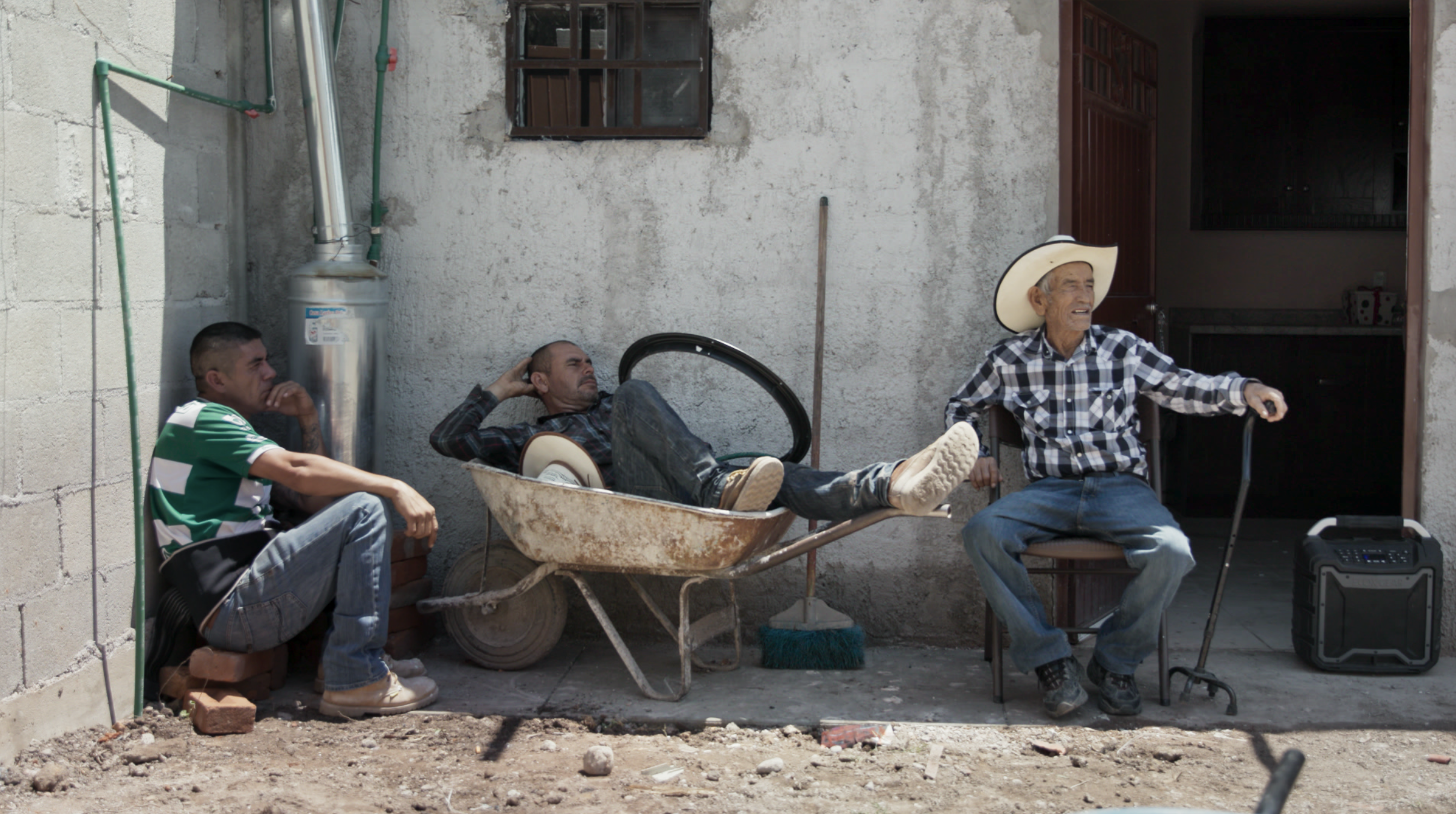
Moreno lives in the area of San Juan del Río, a small town in the middle of the Mexican state of Durango. A widower since his forties, he’s spent his life farming, building, and worrying in his masculine way over seven kids—five of whom left for the United States. As a final project, he decides to build another house next to his own. He’s not sure who it’s for; maybe, he figures, one of his children will want to move back one day. His efforts to help with construction as his health fades, to erect the house for uncertain purposes, gently plot the film, giving its themes architecture. “If no one wants it, they can sell it and split the money,” he says. “What else? … I won’t need it soon.”
Shirtless, advanced age imprinted all over his skin, Moreno predicts his death while sitting on a tiny bed in the room he shares with his son Jorge, who’s blind. “I’ve got another year or so,” he says. The scene cuts, and he’s shoveling gravel outside. Then he’s sitting, sunglasses on; he begins to wax rhapsodic about fried eggs. Inside, he worries the skillet, debating whether he’s really producing a fried egg, a scrambled one, or perhaps an omelette. Cut: from the egg to chickens rustling on the rooftop, just their black silhouettes against another purple sky.
The colors in What We Leave Behind are a feast. A palette of turquoise and sky blues—from Moreno’s checkered shirt to walls and doors and even cookware—prevail. And you will find yourself cueing in on birdsong and dogs barking like a well-crafted soundtrack.
Sosa learns about Moreno as the viewers do, asking questions she doesn’t know the answers to. She wants to know what made him fall in love with her grandmother. “Nooooo pos,” he demurs, his voice jumping an octave. “I talked to her and she said ‘yes.’”
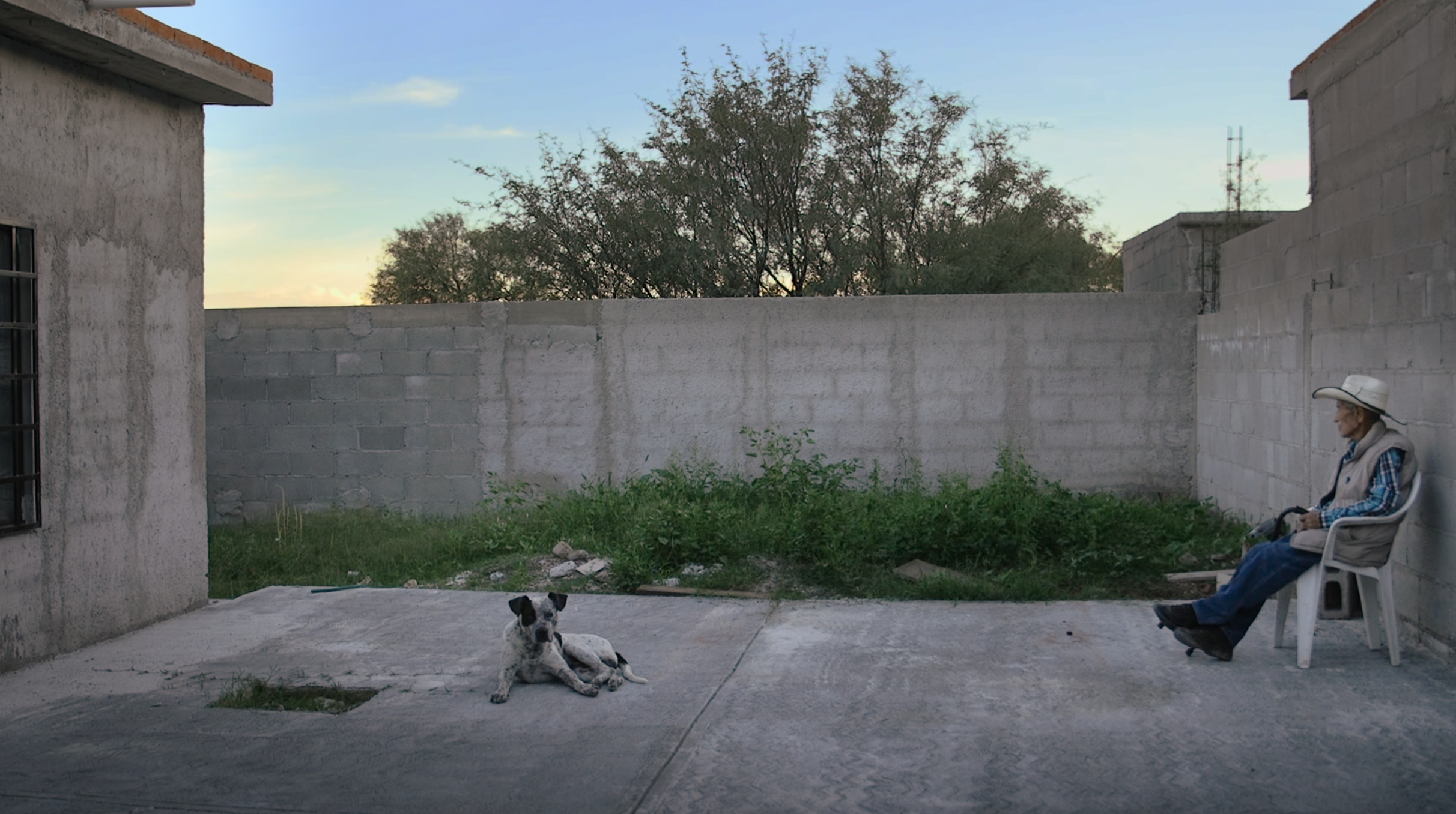
Sosa laces the film with interludes, at times a touch surreal, in which she tells us about her childhood memories, about a soured relationship that helped inspire her to pull closer to her grandfather, and about a mountain outside town where brujas turn into blackbirds. In one, she tells the story of la casa de las cien puertas, a decrepit castle-esque house in the area, which a bride-to-be supposedly demanded as a condition for her hand. One hundred doors—her grandpa’s always gotten a kick out of the story.
As Moreno finishes the house he’s determined to leave behind, we see vitality slowly vacate him. At one point, a fly wanders unmolested across his hands, a potent symbol for a man who, earlier in the movie, repeatedly swats the buzzing intruders. The concluding scenes, almost shocking in their intimacy, are an emotional roar, played out nonetheless with the film’s relentless subtlety.

